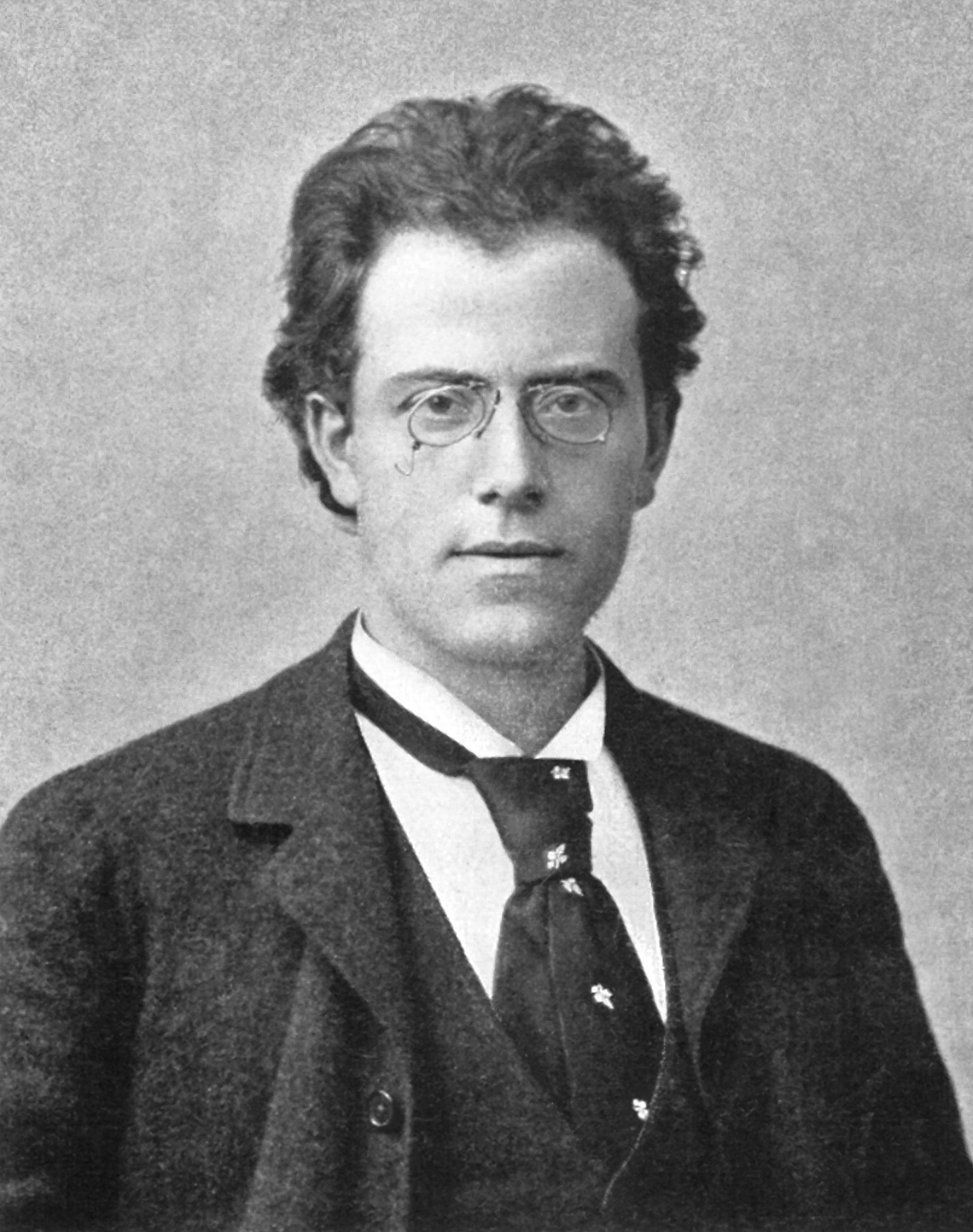
Antonín Dvořák (1841-1904) was a remarkably talented composer, and though he is best known for his Symphony No. 9, “From the New World”, there is so much more to explore. Here is one writer, at least, who believes that his renown has not yet reached its peak.
One Dvořák compact disc that soars high above the crowd is the October 26, 1984 recording by the Cleveland Orchestra under Christoph von Dohnányi of Dvořák’s Symphony No. 8 and Scherzo capriccioso, released by Decca London in 1986. These are superlative performances.


This recording is still available through Presto Music, along with Dvořák’s other best symphonies, Nos. 7 & 9, and you might be able to find a copy of the original recording through Amazon, or elsewhere.
Dvořák composed and orchestrated his Symphony No. 8 in just two and a half months (August 26 to November 9) in 1889 at his summer resort in Vysoká u Příbramě, Bohemia (Czech Republic, today). The 8th is a high-energy work, cheerful and optimistic, with minor key excursions adding depth and emotional weight. Each of the four movements exhibit a tremendous variety of thematic material, much of it inspired by Bohemian folk music.
The first performance of the Symphony No. 8 in G major, op. 88 was on February 2, 1890 in Prague. During Dvořák’s extended stay in the United States, 1892-1895, he conducted the Exposition Orchestra (the Chicago Orchestra—later the Chicago Symphony Orchestra—expanded to 114 players) in a rousing performance of the 8th symphony and two other of his works at the 1893 Chicago World’s Fair. The August 12, 1893 performance was enthusiastically received by an audience estimated to number at least 8,000.

Here are samples from each of the four movements, as performed by Christoph von Dohnányi conducting the Cleveland Orchestra in the fabulous recording recommended here.
This disc finishes out with another superb work by Antonín Dvořák, the Scherzo capriccioso in D♭ major, op. 66, written six years earlier in 1883. It also received its first performance in Prague, on May 16, 1883.
“Scherzo capriccioso” translates to “lively, playful character, with animated rhythm” (scherzo) and “capricious” (capriccioso). In other words, a capricious scherzo. And indeed it is—Enjoy!



